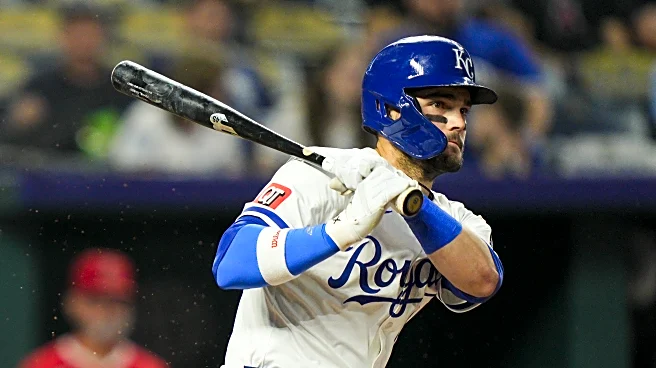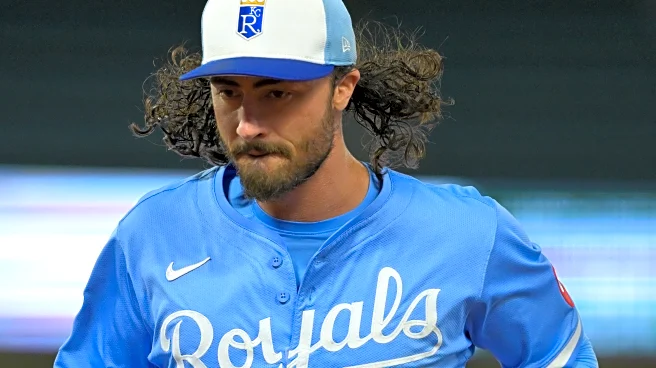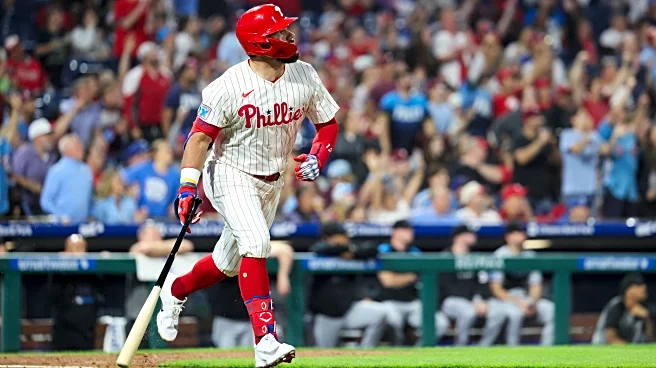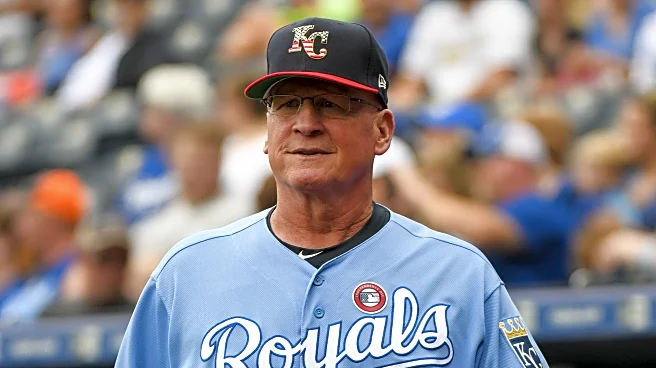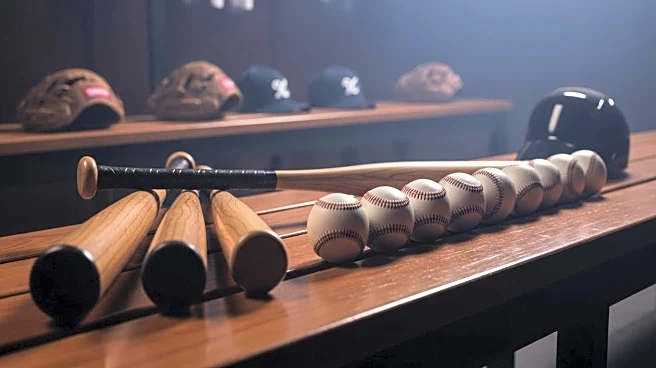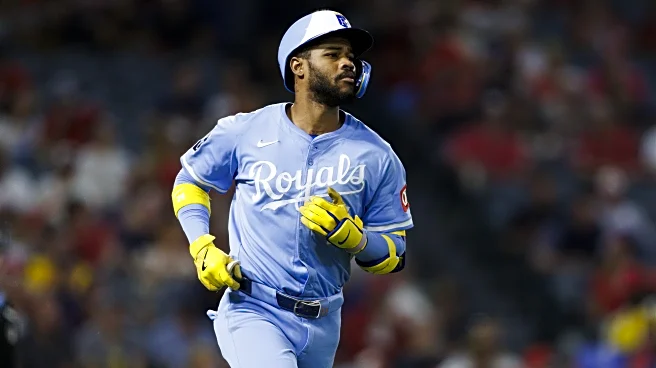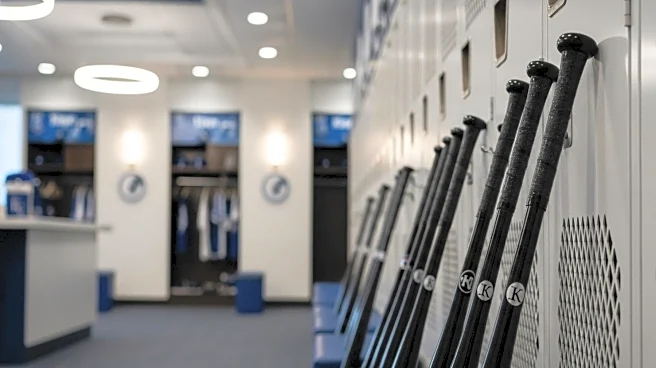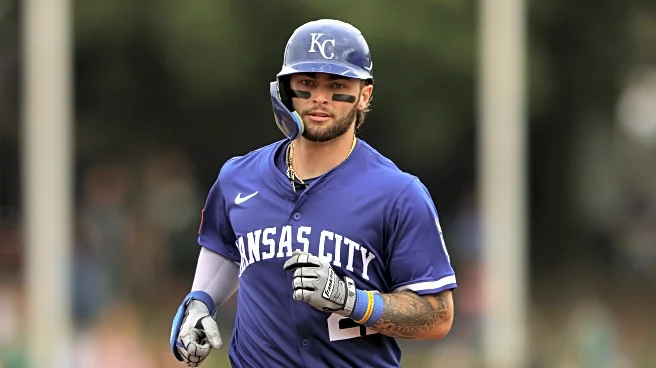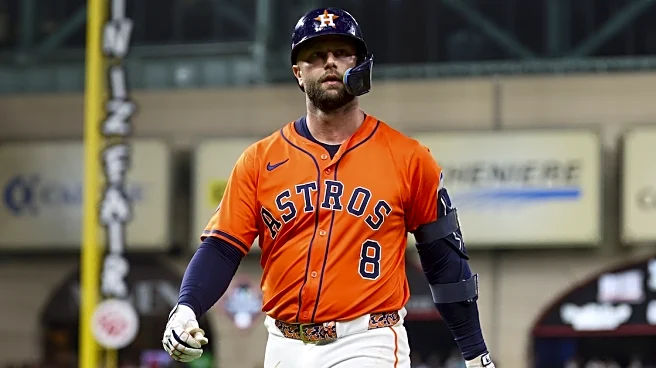Everyone knows that the Kansas City Royals struggled to score runs this year. That’s not to say that the Royals did nothing well. The Royals were one of only three teams with a strikeout rate below 20%,
and their 18.2% figure was second-best in the league. In a vacuum, not striking out is better than striking out, so that’s good!
But on the other hand, that’s really the only thing that the Royals did really well. Everything else was mediocre, bad, or ugly. They ranked 15th overall in team batting average (.247), 18th overall in isolated slugging percentage (.150), 22nd overall in on base percentage (.309), and 29th overall in walk rate (7.2%). The end result was a team that struggled to score runs nearly all year.
So in the end of year press conference held by JJ Picollo and Matt Quatraro, it was what JJ said specifically about Kansas City’s ability to avoid strikeouts that stood out:
We don’t strike out, but we also have to look at that – is that good or bad? Is that getting us where we want to go? Generally speaking, not striking out is good. But if you’re making early outs on weak contact, then we have to address that.
Openly addressing strikeout rate is perhaps the canary in the coal mine for a system-wide offensive overhaul. While hitting coach leader Alec Zumwalt remains with the club, it’s a bit of a bloodbath elsewhere. Drew Saylor, the team’s Director of Hitting Performance, is out. So, too, are assistant hitting coaches Keoni DeRenne and Joe Dillon.
It remains to be seen if the Royals will truly shift their philosophy, but this is the perfect opportunity for Kansas City to actually, for once in the team’s history, value on base percentage.
Earlier, I mentioned that the team was 22nd in OBP, a bad but not awful leaguewide ranking. Dig under the hood a little more, though, and you find some pretty gnarly teamwide trends. Bobby Witt Jr. and Maikel Garcia both posted an OBP of .351; Witt led the team in plate appearances, while Garcia was third.
How, then, did the team get to a below average ranking in OBP? By carrying so many players with such bad OBP marks. The Royals used 22 hitters for 50 or more plate appearances this year. Of those, half—half!—posted an OBP below .300. And this isn’t just a one-year thing, either, as six of those low-OBP dudes have posted an OBP of .303 or below over the last three seasons.
I’m not going to go into huge detail here, and I’m not going to go on and on here because I’ve written about this in the past. But it’s a huge issue, and it’s twofold. The Royals just don’t value walks, and they don’t value on base percentage. It’s obvious in their performance, it’s obvious in their player development, and it’s obvious in their hitting coaching.
The good news is that we’ve seen some evidence that the Royals are moving in the right direction. Acquiring Jonathan India, who derives most of his offensive value from getting on base, was good. Acquiring Mark Canha, who has gotten on base all his career, was good. Being comfortable that Carter Jensen walks a lot and strikes out a lot has been good.
Still: it could be more. Salvador Perez might just post an OBP below .280 next year. If that happens, will the Royals recognize that as the unacceptable-for-a-middle-of-the-order-bat figure that it is? Or will they keep playing him every day?
The Royals were only really able to score this year when they hit home runs, because so much of the lineup was an out-creating sinkhole. That’s the biggest thing to improve moving forward. Can they start walking? I’d love to see it. But they’ll have to show me.
